Designing Home: Perspectives on residential landscapes
Introduction by Eric Gordon, OALA,
Compiled by Stacey Zonneveld, OALA
In honour of our “Home” issue, Ground reached out to a selection of landscape architects from regions across Ontario who work regularly on single-family residential projects. They were asked about the issues and opportunities they face in their work. Their responses offer a small cross-province checkup on the state of residential design and practice:
What are some trends and troubles in your field/business/design?
Adele Pierre: An increase in the number of clients looking specifically to work with a landscape architect. Clients know what they want in terms of design, and are willing to invest time and resources in the design process. As of September, I had enough design work lined up to stay busy right through spring of 2022.
The challenge is the implementation of designs. Contractors have been incredibly busy this past year, so scheduling an installation is difficult. Pools are booking a year ahead, paving materials are limited, and wood has been both expensive and difficult to obtain. Everyone wants their design built ‘first thing’ in the spring, so managing client expectations is critical.
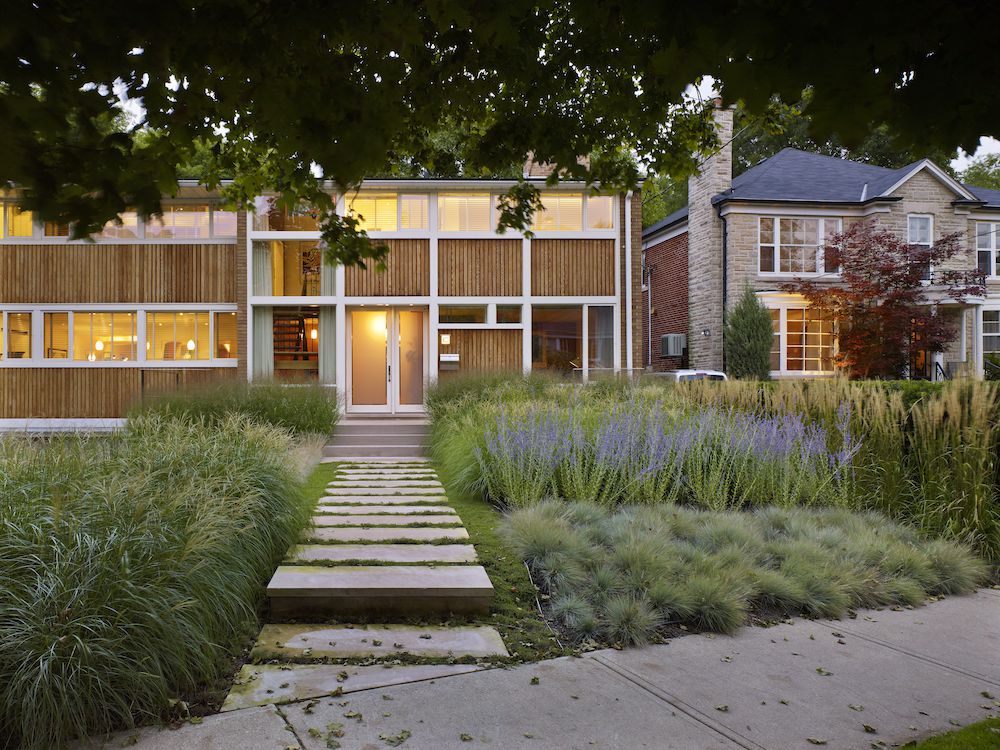
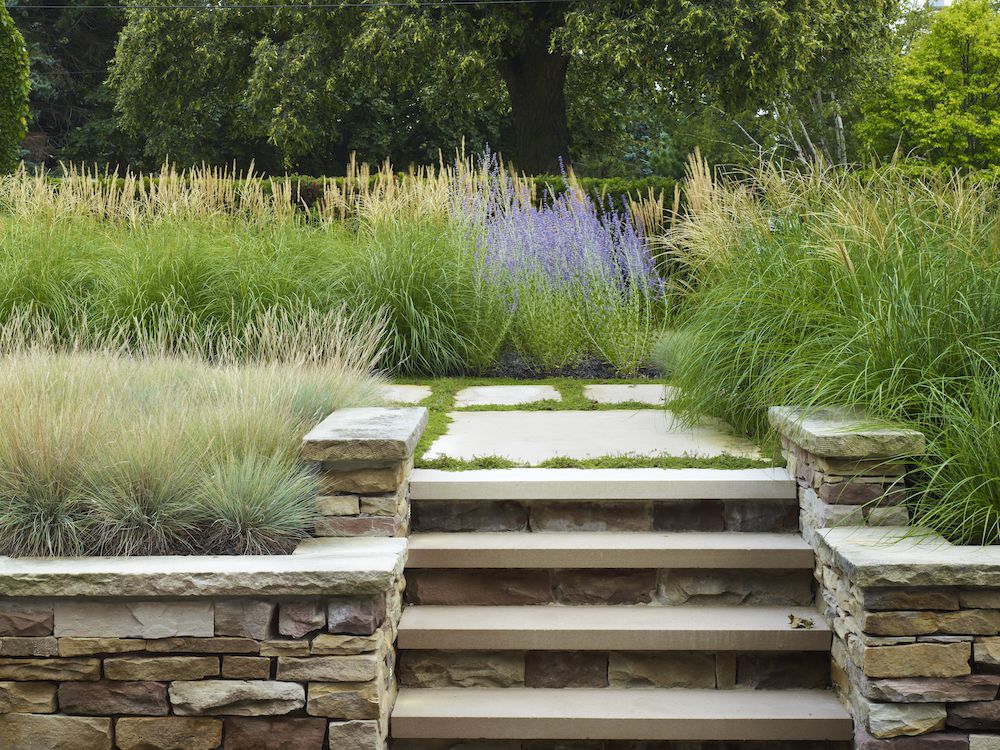
Kate Fox-Whyte: Green roofs in general are a definite trend.
Martin Wade: Progressive steps include things such as increasing our plant palette to utilize a much larger percentage of native plants, ensuring trees have sufficient soil-volume for healthy growth, introducing design features that provide protection from the sun (we are very aware of this need in our child-care and school playground designs), and designing to ensure sites are fully accessible. Many residential clients are interested in more contemporary, low-maintenance materials that have longevity and lower carbon-footprints.
Perry Grobe: There is a greater emphasis on the use of hardscape, rather than using plant materials in residential-scale work. Outdoor living spaces have always been popular, but smaller lot sizes for new development often result in the inclusion of plants being of tertiary interest in the design. In smaller lots, too, there’s an even greater emphasis on the creation of privacy above what a traditional fence might provide, regardless of the site conditions necessary to provide this. There is, however, a broad-based, renewed interest in the incorporation of edibles (fruiting plants or vegetables) in the design of outdoor space. Once relegated to the ‘fringe’ of design requests, this type of program element is now very much top of mind.
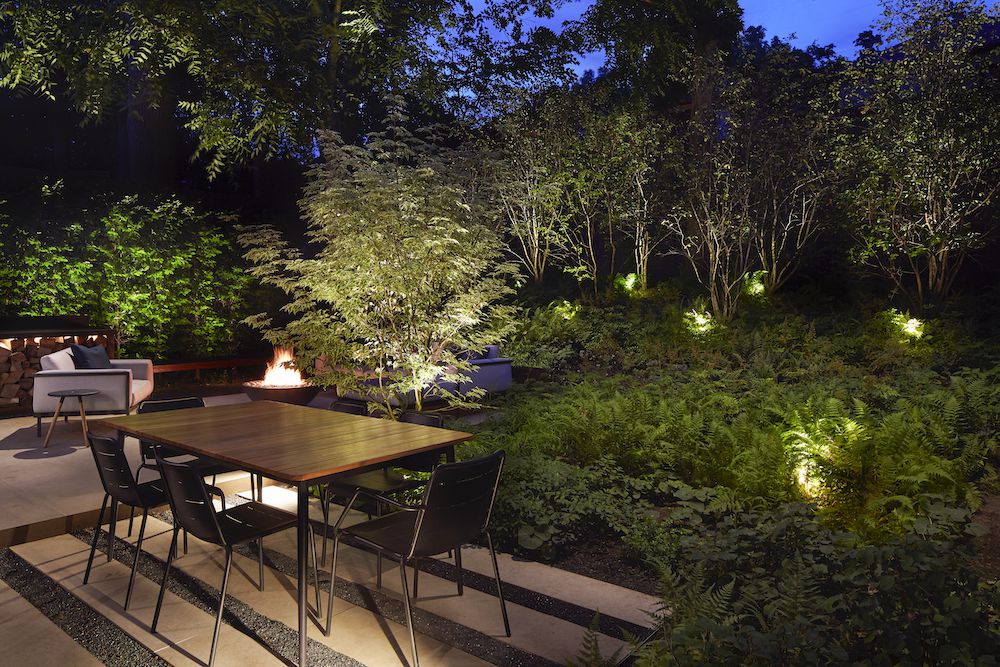
Virginia Burt: Research has proven what we’ve intuitively known all along: we are happier and healthier with exposure to nature on any scale. “Rewilding” of outdoor spaces and creation of natural habitats that provide a haven for people, birds, and bees continue to drive projects. Pollinators are critical to our long-term survival, and we now know the many actions to be taken, from local to global. An ongoing challenge is encouraging young people to become landscape architects.
Werner Schwar: Troubles in Thunder Bay include having enough qualified contractors to do the work, resulting in long wait times and high quotes. Material availability and delivery has also become challenging.
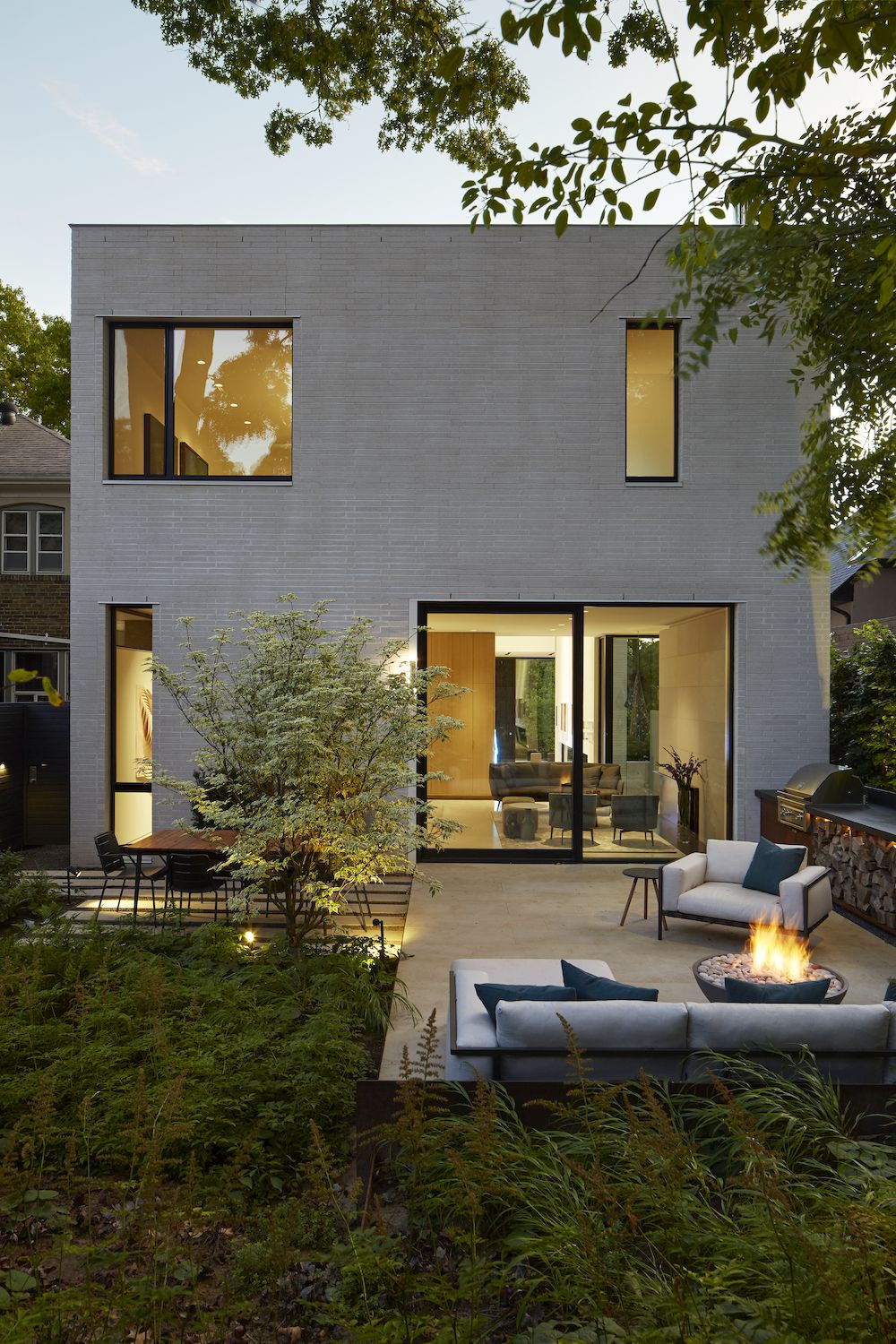
How have you seen residential landscape design shift, given the advancement of climate change and the need for sustainable practices among the general public?
Adele Pierre: Climate change is front and centre in the news, particularly flooding, and people want to know how to mitigate some of these effects through specific sustainable practices. It is not so unusual now to have a client ask for native plants, a green roof, or permeable pavement. A number of municipalities offer financial incentives for stormwater reduction, and I’ve found funding on behalf of clients for permeable driveways and rain gardens.
Kate Fox-Whyte: In general, our clients are looking for more environmentally sustainable approaches to the design of their landscapes. We are suggesting, and clients are requesting, more native plants in their gardens, including plantings designed to support pollinators or specific species. We are using more sustainable material solutions, and I hope we will start seeing more options for recycled or reused materials.
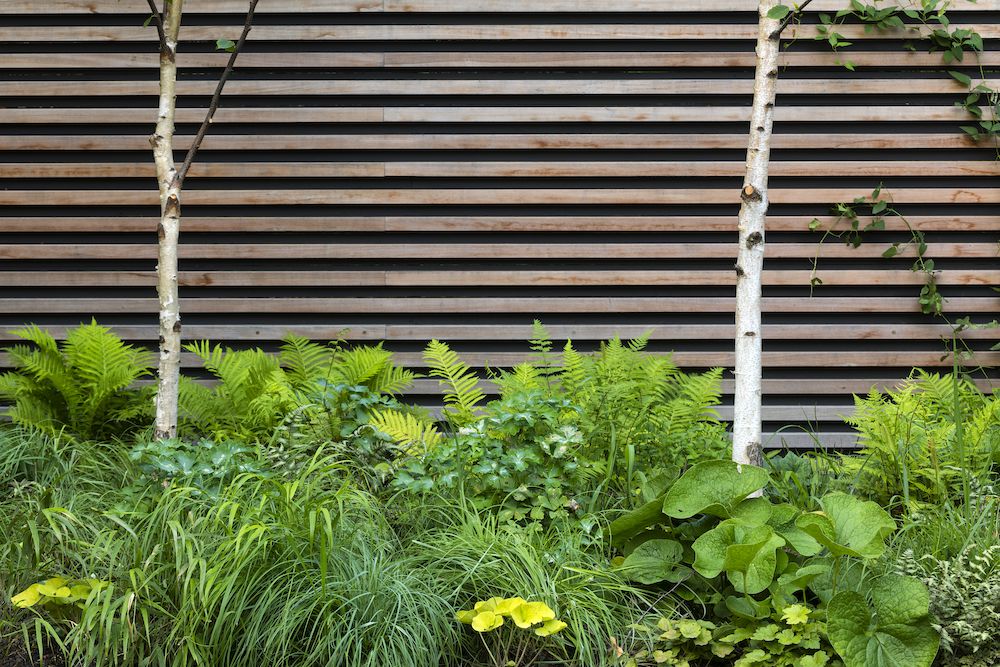
Martin Wade: We are designing green roofs on house additions and laneway homes/garages, incorporating bio-swales and infiltration beds, and utilizing permeable paving. Most of these interventions were previously in the domain of our commercial, institutional, and multi-residential projects, not the private residential sector. It’s quite exciting to
see this change occur.
Perry Grobe: Mitigation of both of these issues might be of more primary concern in the public realm or larger scale work (forced to be through site approval) than at the residential scale. There is perhaps more knowledge that some native plants might be best, but they often run up against site limitations and client aesthetic demands.
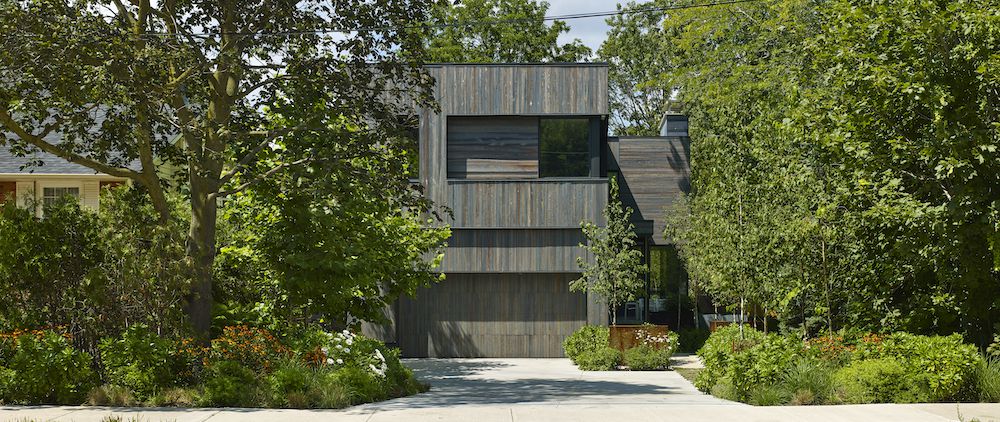
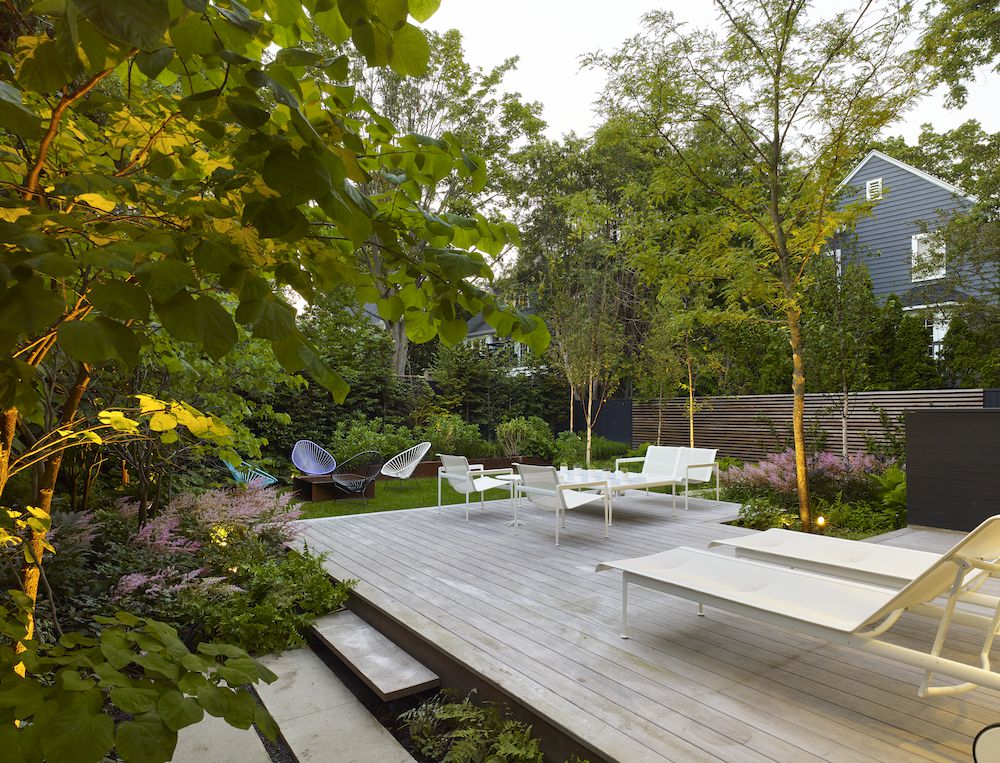
Virginia Burt: Grading and drainage have increased client attention as we see more volatile weather shifts that effect their properties and access. Greater awareness of food provenance, sustainability practices, and organic produce has activated the desire to grow one’s own food. Urban agriculture and the creation of raised beds and vegetable gardens has become much more prevalent. By definition, connecting people to growing their own food deepens their understanding of the cycles of nature.
Werner Schwar: Yes, much more interest in native plants and edibles, as well as rain gardens and habitat for pollinators, birds, and butterflies.
How has the design of residential landscapes shifted or changed since COVID-19?
Adele Pierre: Given travel restrictions, many people are building pools, spas, cabanas, and outdoor kitchens. I thought there would be more interest in growing food, but that hasn’t been evident in my practice.
Kate Fox-Whyte: Prior to the pandemic, landscapes were often thought of as secondary. Now, there is a huge shift in attention to private gardens, as people were looking for ways to engage with nature safely. Making the most use of existing outdoor space, no matter the size or location, became very important. Clients are also looking for their landscapes to fulfil multiple functions and serve many people.
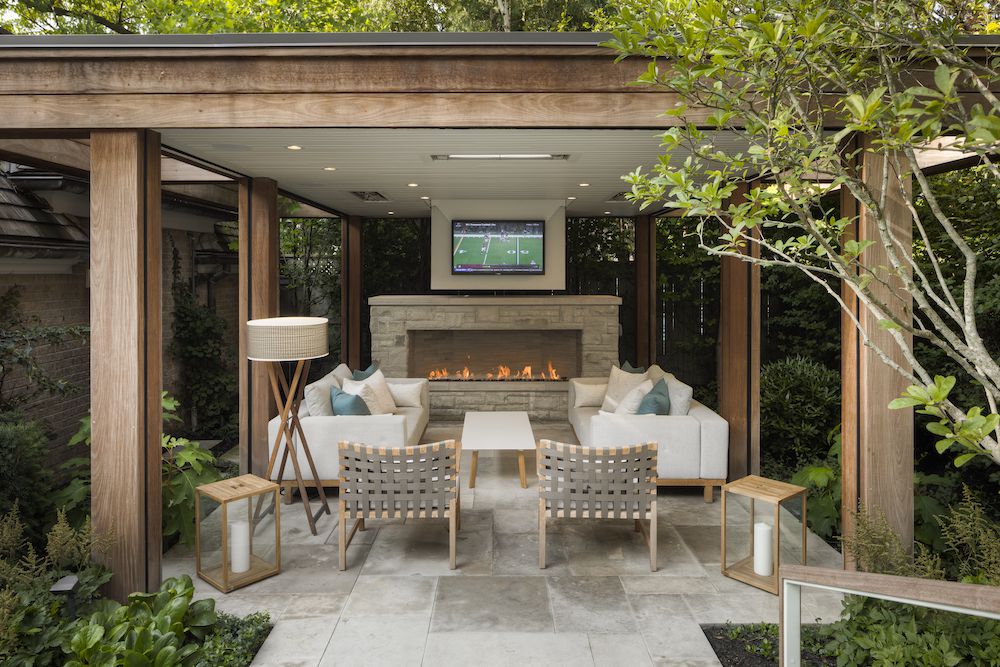
Martin Wade: People are now thinking of their gardens as their sanctuary, or retreat from their home (now also serving as their office). Many of our clients are investing significantly in their properties. The challenge is how to fit all of the client’s wish-list items into what is often a relatively tight urban setting, perhaps
with mature trees governed by municipal and zoning by-laws.
Perry Grobe: The delivery of service had to change, in order to protect clients and designers from the potential of exposure. Client meetings, submissions, etc. have had to move to a virtual realm, and not all clients favour this approach.
What sort of all-season design features have you used to allow your clients to enjoy their private yards, year round?
Adele Pierre: I like to think first of the plants. Given our long Canadian winters, it’s important to have beautiful views from inside the house. Evergreens provide structure, trees and shrubs with colourful bark look fabulous against snow, and seed- and fruit-bearing plants bring birds to the garden. Clients tend to look for colourful plants with lots of flowers, so it’s important to remind them that gardens should be interesting throughout the year.
Kate Fox-Whyte: We’re including a lot more structures for shade and shelter. Many we design now have roofs that can open and close to adjust for the elements. We also often include a heat source—whether a fire bowl, fireplace, or heaters incorporated into an outdoor structure that allow for nearly all-season use.
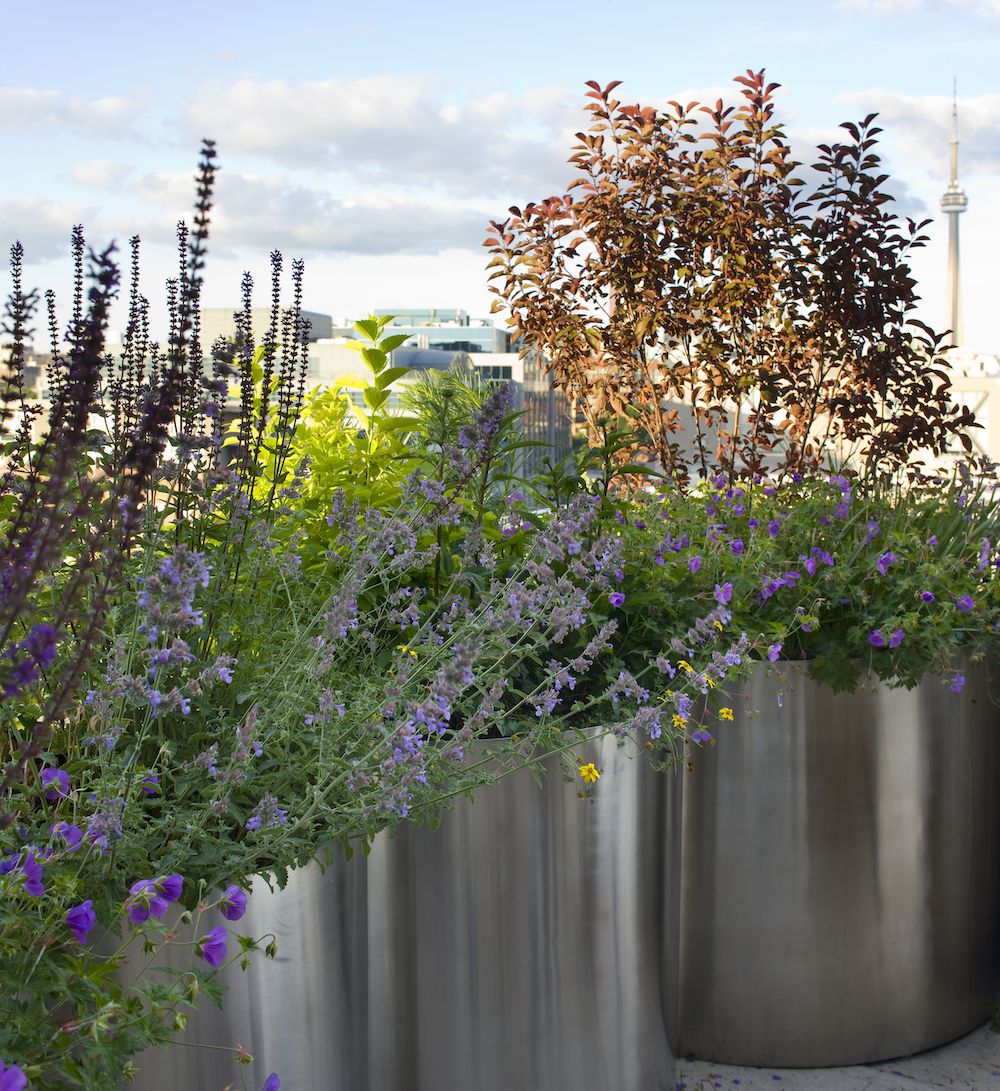
Martin Wade: We are incorporating heated swimming pools in some cases, certainly year-round spas, covered and semi-enclosed outdoor rooms with infra-red heating, and of course outdoor fire features. Water features that run all year, by having either an aerator or a thermostatically controlled heater to keep water just above the freezing point, add a calming element to a garden, even when viewed from inside the house. Heated paving adds to the ease with which the gardens can be used.
Perry Grobe: It has always been our practice to find enough suitable choices from the plant world to provide interest throughout the year. For smaller-scale work, this may result in forgoing the word ‘mass planting’ in any design. The inclusion of fruiting plants, plants that provide protection or cover to birds, pollinator species, and evergreens that are dwarf or with unusual forms are all part of bringing this character. Additionally, one local municipality near us permits the use of open wood fires, which, if tastefully and carefully thought out, permits extended use of outside spaces during the shoulder seasons, in addition to summer.
Virginia Burt: All-season design for residential landscapes has always been important. These are the spaces we live in and look at every day. The global pandemic just created more attention. Creation of places to have social interaction with others in a safe, socially-distant manner, in all weather conditions, will continue to evolve.
How are your designs relevant to today’s issues?
Adele Pierre: Wherever possible, I try to reduce the amount of impermeable surface. If the client is interested, a rain garden will be used in the design to infiltrate stormwater runoff. If not, plants can still be used to manage runoff. I use a wide diversity of plants in designs for several reasons: to increase biomass and biodiversity, to provide habitat for a wide range of pollinators, for shade, and to provide beauty.
Kate Fox-Whyte: The landscapes we create are designed and detailed to last. Good design is long-lasting and a landscape that is long-lasting is sustainable.
Virginia Burt: We are committed to creating landscapes of meaning for human health. We strive to create inspiring spaces that capture the essence of beauty. We are dedicated to employing ecological and biophilic principles that focus on native plants and “rewilding.”
Werner Schwar: Generally making productive use of space that suits a client’s needs, as well as incorporating green infrastructure and habitat enhancement to every project, where possible, is important to me to replace typical, manicured turf grass that currently serves no purpose other than perceived aesthetics.
Thanks to Eric Gordon and Stacey Zonneveld for facilitating this survey.
